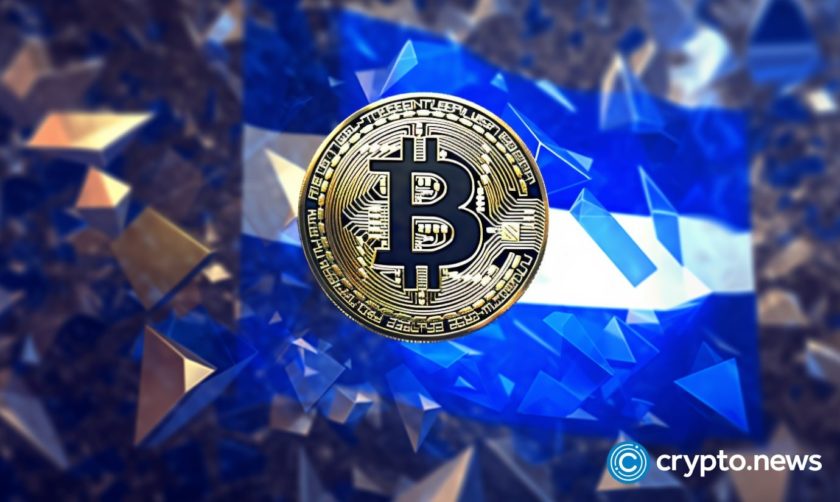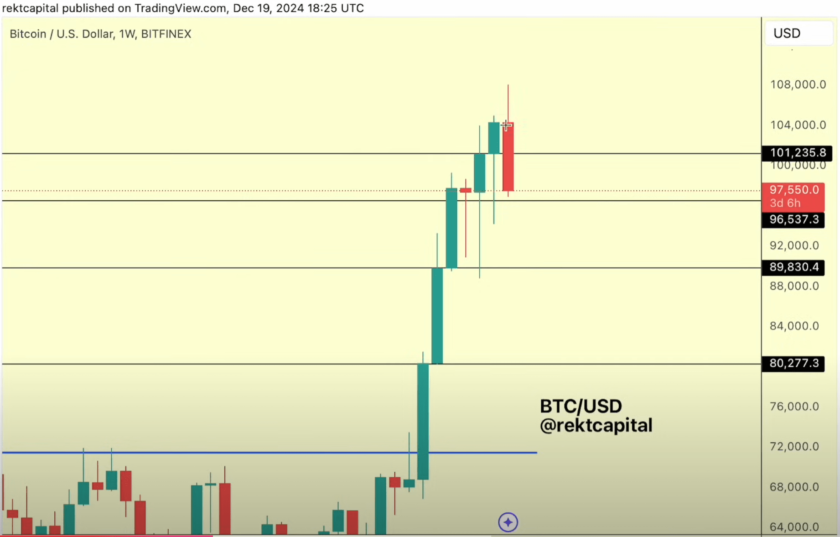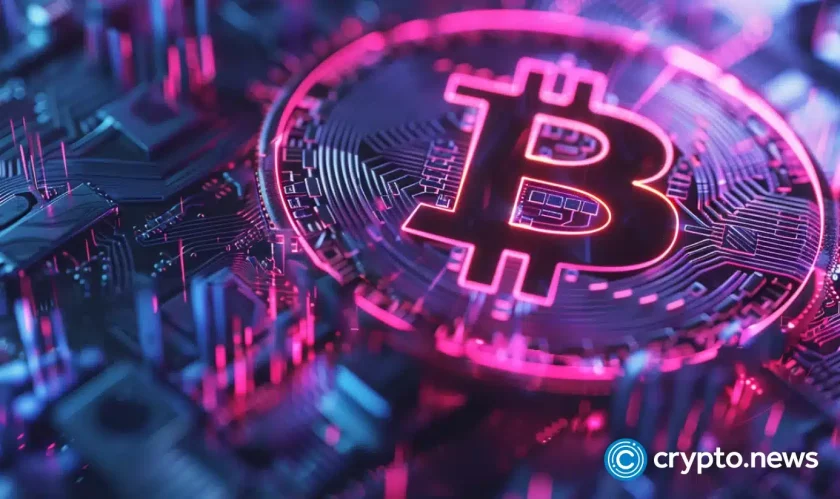Currently sitting at its all-time high (ATH) of 72.46 EH/s, the Bitcoin network has literally never been as secure as it has at this moment, as per data from the BTC.com mining pool. Although BTC.com still has its position as the largest single mining pool, the rest of the distribution has evened out amongst other mining pools, smaller mining firms, and individual miners, August 5, 2019.
Decentralization From Mining
There are many factors that contribute toward a decentralized network, the most foremost of which is the distribution of mining. As the mining distribution evens out and becomes spread across more entities, it means the chance of a single mining pool having sufficient control over the blockchain is being eliminated.
Other than decentralization, there are many factors including developer consensus, social consensus, and the “car crash rule”.
Developers have become the thought leaders of these networks and they possess quite a lot of power as they propose changes on a protocol level. Moreover, their clout gives them the ability to sway public opinion depending on how influential they are.
Social consensus is from the community – the grassroots of the entire network. As long as the community is happy (for the most part), there is a successful social consensus. When there is widespread discord, we see incidents like the Bitcoin Cash hard fork happen.
Finally, the “car crash rule” is deciding that a network is centralized, the metaphor of the rule eludes to the idea that a single entity can change the entire network and public perception. For TRON and EOS, it’s Justin Sun and Dan Larimer respectively, for Ethereum – even though he has significantly stepped aside – it’s Vitalik Buterin. Satoshi could’ve been that person for Bitcoin but because he/she/they chose to be anonymous, nobody’s death can affect Bitcoin.
Miner RoI and Halvings
Some people believe that eventually, as the return on investment (RoI) from mining moves downward from the reduced block rewards, miners will be less incentivize to mine Bitcoin and keep the network secure.
A crisp understanding of game theory eliminates this speculation as nonsensical. When Bitcoin’s block reward halves, it creates a natural supply shock to the market. This leads to an increase in price that moves mining RoI back into the marginal range it was in before.
This is also the main reason that the economic framework of Bitcoin induces a fee market. As fees increase, miners are incentivized more and more to stay on Bitcoin. In 2140, when the supply runs out, having high fees is a necessity for miners to be able to profitably run the network. This is one of the strongest aspects that could lead to Bitcoin becoming a world reserve currency.
Like BTCMANAGER? Send us a tip!
Our Bitcoin Address: 3AbQrAyRsdM5NX5BQh8qWYePEpGjCYLCy4




